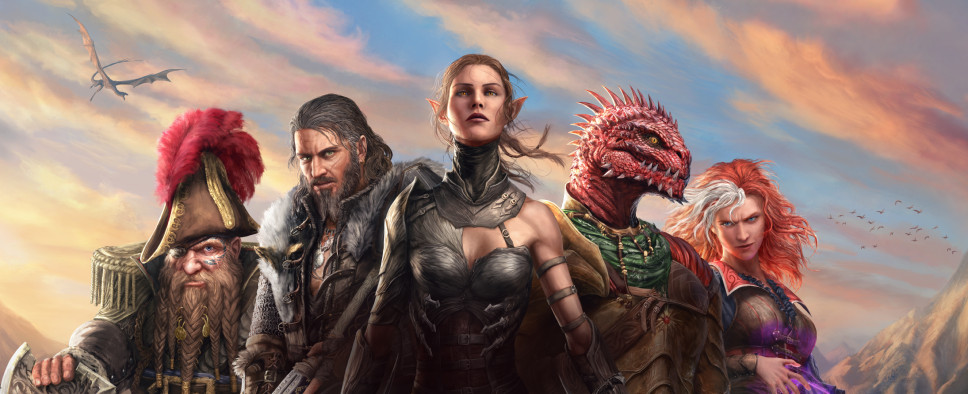Divinity: Original Sin II Interview on Balancing a Divinity Game
-
Category: News ArchiveHits: 1604

If you'd like to learn what the developers over at Larian Studios think about balance in their Divinity games and how much they enjoy watching people “break” their encounters with various creative solutions, you should check out this recent PCGamesN interview. It touches on how Larian likes to give their players lots of tactical freedom, the few instances where there's too much of that freedom, and the inherent difficulties of QA in games like these.
A few sample paragraphs:
As you can probably imagine, a game like this has to be QA tested continually in order to make sure none of the interactions are too outlandish. But how does Larian even approach that? There are so many different skills and effects to consider, not to mention the environments and the many reactive objects dotted around inside of them.
“It’s a question we keep on changing the answer to because, with every game, we learn how and what to improve,” senior producer David Walgrave tells me. “There are different types of QA. We automate certain tests, but not everything can be. There are a lot of things you can easily QA with checklists. For instance, there are rules for items, so there are checklists for items. That way we try to make sure the easy-to-spot bugs are found and flagged.”
Something that also helps to lighten the load, if only a little, is the game’s structured world design, as it means the testing can focus on the most plausible paths. While it’s open in nature, Divinity’s world bottlenecks players at certain points, and offers optional hardcore fights for the hardy. “The player is mostly free to skip content if they feel they want to be challenged, even go to the next act early,” Pechenin says. “And fights like Alice Alisceon in Reaper’s Coast are there for the overpowered players to fight somebody their size.”

